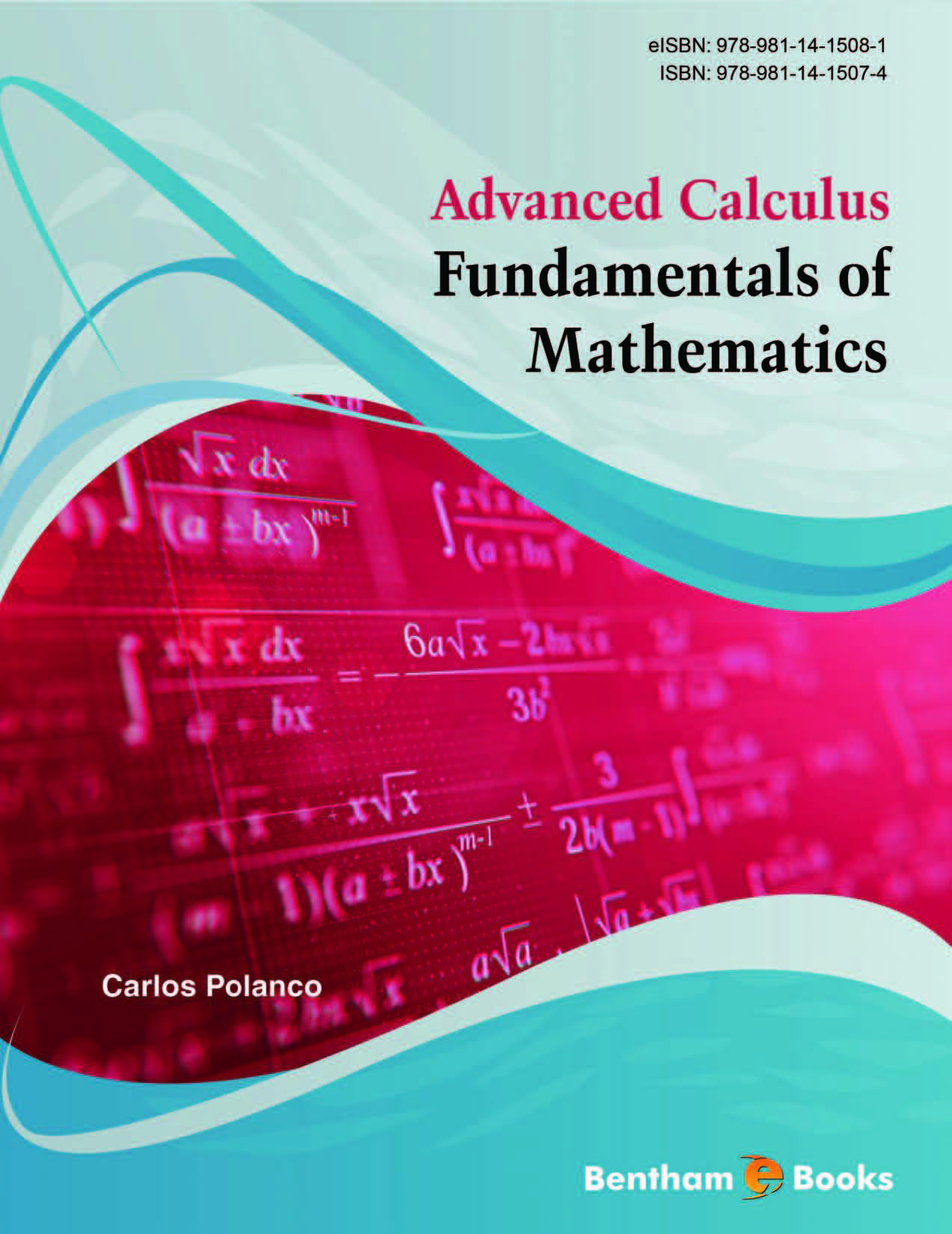Vector calculus is an essential mathematical tool for physical and natural phenomena analysis; it is a very important subject for students in the Faculties of Science and Engineering. This ebook has been designed to cover two academic semesters for second-year students, as it contains the fundamentals related to Vector Calculus. Here, the reader will find a concise and clear study of this mathematical field, it provides many examples, exercises, and a case study in each chapter. The solutions to the exercises are also included at the end of the ebook. The reader will be able to understand it even without a rigorous mathematical knowledge and will be able to immediately practise the concepts. Its main purpose is to enable students to put into practise what they are learning about the subject
This ebook on Vector Calculus differs from others in the intensive use of affine transformations (or mapping), to modify the integration region of real-valued functions or vector-valued functions.
The first part of the ebook introduces the Vector Algebra over the real coordinate space Rn, but cases and examples are displayed on the plane and space for a better understanding of the concepts. In this part is reviewed the dot and cross product operators, the orthogonal projection, various representations and conversions of the Cartesian and Polar coordinate systems on a plane, and the Cartesian, cylindrical, and spherical coordinate systems in a space are reviewed.
The second part is dedicated to real-valued functions, level surfaces, domain, image, graphic representations, properties of limits, continuity, differentiability, gradient, and polynomial approximation as well as the identification of critical points, the use of the Hessian matrix and Bordered Hessian matrix to characterise critical points, the implicit Function Theorem, and the inverse Function Theorem. The final chapter of this part introduces the vector-valued functions, graphic representations, and the rotational and divergence operators.
The third part presents the evaluation of integrals from mapping on a plane and in space. It separately reviews integrals of real-valued functions over bounded and unbounded regions, and curve and surface integrals of vector-valued functions over vector fields. The concept of mapping is carefully introduced, emphasising how adequate mapping simplifies integrals.
The fourth part reviews the Stokes, Gauss, and Green theorems applying mapping. It also includes examples with the complete resolution of both sides of the equalities that these theorems state.
The fifth part is a survey of exterior product and it is based on the books of Hermann Grassmann, Jerrold Marsden, and David Hestenes. We greatly appreciate the recommendation of Prof. Hestenes to include this material.
The last part covers the differential forms and the exterior product focused on line integral, surface integral, the Stokes, Gauss, and Green theorems.
The author hopes the reader interested in studying the fundamentals of calculus on several variables, finds useful the material presented here and that those who start studying this field find this information motivating. The author would like to acknowledge the Faculty of Sciences at Universidad Nacional Autónoma de México for support.
Consent for Publication
Not applicable.
Conflict of Interest
The authors confirm that this article content has no conflict of interest.
Carlos Polanco
Department of Mathematics
Faculty of Sciences
Universidad Nacional Autónoma de México
México City
México

